23 October 2011
Wesley Freeman took us to Okinawa.
This is the way Okinawa is written now,
and Okinawa prefecture.
One of the many folk etymologies for Okinawa is “big rope.” The island looks like a rope on the map and the sound of oki nawa in Japanese could be heard as “big rope,” so the derivation becomes as irresistible as it is false.
During the harvest festival, there is a tug of war, perhaps the grandest in the world, where male and female sections of rope are joined by a pin.
Elise is an oncology nurse, and she also teaches and uses several types of models for demonstrations.
The pacific ocean from our hotel room.
Okinawa has always been in my heart.
My voice has always been from my diaphragm. i am quite shocked to see how high it resides in the thoracic cavity. Why, it’s just under the heart and lungs. I had imagined it much lower, down around my, oh, you know, penile area. That’s where it feels like the voice comes from.
I have had a yen to return to Okinawa since I left at age 18.
(77 to the dollar this time. I remember when it was 360 to the dollar.)
Wes put us in this beautiful hotel near where we used to live on Okinawa.
We played for the Uchinanchu Festival.
Uchina means “Okinawa” in the native language, which is completely different from Japanese, and “chu” means person, so Uchinanchu is the Okinawan people.
Konkai kono tai kai no tame ni kaette kimashita.
Now we have returned for this occasion. (With Nao-sensei)
This is a very emotional return to the Ryukyu Islands.
“People with their roots in Okinawa, wherever they now live in the world, will come back to their homeland to mingle with 1,338,000 prefecture citizens,” said Okinawa’s governor, Hirokazu Nakaima.
Minna-san, Tracy Freeman on drums!
George Murasaki’s chart for Down On Me. This is Wes Freeman’s photograph of the chord changes and it saved George from having to write out everything again after he lost the first chart. The mystery to me is how people read this stuff onstage with all of the chaos that is going on. I like to memorize everything, but often there is no time.
Our opening act. They were outrageous. The Okinawa All-Stars.
Lena, one of our singers, with Wes Freeman.)
We could be smirking about this smorking area, until we try to write Japanese ourselves and see how many mistakes we would make.
I like to see how the Japanese personalize their houses.
John Patterson and Reny Civico.
One drink is called piss and the other is called sweat.
On the same day, Elise and I were separately involved in dog rescue efforts on Okinawa. She worked very hard to save a dog, tick ridden and miserable. Elise made many calls to vets around the island and really went the extra distance to help her. Mother Elise saves people and animals every day.
I was out walking and rain began to fall in torrents. Hearing a desperate yelping somewhere above me, I looked across the street to see a puppy wound around a stake, stranded in the downpour, so I climbed into the yard and down a slope to free her. She ran happily to dry shelter and, seeing me walking on the same street next day, barked and wagged her gratitude.
To me cicadas were always “locusts,” probably because they were often called Seventeen Year Locusts, so, when I heard the passage from the Bible about the Plague of Locusts, I always thought, “Well, they make a lot of noise but I don’t remember them eating all that much. Turns out the “locust” is what we call a grasshopper. When the “locusts” descended on Salt Lake City, and the seagulls ate them all, that was a grasshopper plague. Still, to this day, when I hear the word “locust,” it is a cicada that first comes to mind.
Anyway, the cicadas on Okinawa have much higher voices. They sound like a fleet of frogs in the Fall, you know, that high cricket chirping sound that seems to come in waves? American cicadas sound more like motorscooter sputtering or lawnmowers. I always thought the cicada song was hypnotic and meditation inducing. Sitting under a tree with thousands of cicadas singing has always induced a kind of trance in me. It’s like a didgeridoo or a harmonium. How do such small things make such a big noise?
While walking toward the Pacific coast from our hotel, Elise and I found a commercial art studio where all manner of objets d’art abounded.
This was most interesting and reminded me of days spent with Mouse and Kelly at their air brush studio in San Francisco.
We found this Okinawan atelier early in the morning, just as the artists were arriving for work.
There is a certain cannibalistic impulse, that I recognize very well, with these workers to use any image as grist for their mill.
Since we were rooting around in their refuse, they immediately saw us as kindred spirits and yelled happy greetings.
When the Andrew family first lived on Okinawa, the town of Koza, just outside of our gate at Kadena Air Force Base, looked like this. (Photo: Mark Irish Payne)
It looked like this in 1959.
Then, much later, Koza (now Okinawa City) looked like this.
Now it looks like this.
Chiko and Mark Irish Payne.
Mark’s mother.
ONE of Mark’s restaurants, or 25 feet away from it anyway.
I used to go to this place with my girlfriend when it was the Okinawa Yacht Club. She was 17. I was 18.
Wesley Freeman gave us a tour of Kadena Air Force Base, where my father was stationed twice.
Cheerful and helpful Ken Robillard came along on our Kadena tour. He speaks the fastest Japanese that I have ever heard.
For this tour, as the joke went, we had our own doctor and our own nurse. Elise and Brett, a flight surgeon.
Elise looking towards Hawaii.
Elise Piliwale and Gary Epperson looking at the China Sea.
Last time I lived on Okinawa (1958-1960), our house looked something like these in this same neighborhood. Stearley Heights, Kadena.
Gary Epperson, singer, lived in this house on Kerby Loop near where I lived.
Cheryl and Al Rogers, once Okinawans, now live on the Kitsap Peninsula across from Seattle in Port Orchard. I have played there, and also in Port Townsend and Port Angeles.
Raymond Carver, a talented writer, lived in Port Angeles.
After the Kadena tour, we went to the Officers’ Club where an incredible buffet was in progress.
Okinawa is a good place to learn Japanese, Chinese or Uchinaaguchi, the native Okinawan language.
Shinjichi nu ada nayumi. (native Okinawan proverb)
Kindness will never be wasted in any way.
Elise with her toes in the pacific ocean.
The most beautiful things in the most unlikely places.
“You don’t see one of these everyday.” (George Harrison, Hard Day’s Night)
Elise and I explored a lot of tombs. Fascinating. They are so new now.
When my brothers and I explored them, they looked like this.
Now they look like
Elise venerating her camera.
In Mexico they put a worm in their tequila.
In Okinawa, they put an entire poisonous snake, the habu, in their awamori, a liqueur to which honey and herbs have been added. The habu, a pit viper, is believed by some to have medicinal properties.
When I lived on Okinawa, there were habu mongoose fights. People would bet on the outcome. The mongoose would kill two or three habu, and then when it was tired another habu would kill the mongoose.
Cruel? Stupid? You bet. Habu mongoose fighting is illegal now.
Elise and I were walking by the Pacific and we saw these signs.
To all flight attendants and ticket agents of all airlines:
See? My guitar will go in the overhead of a Boeing 767… with room to spare.
And they are my witnesses.
Sayonara.
Sam Andrew
Big Brother and the Holding Company
__________________________________________________________
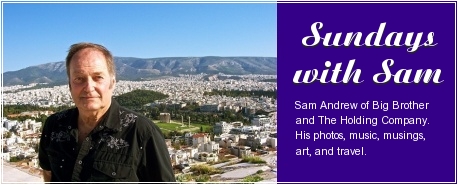
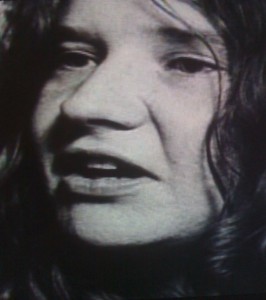
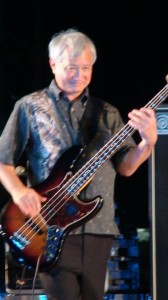
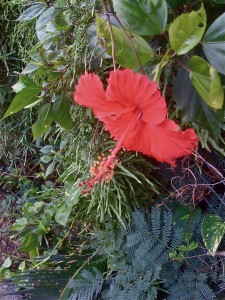
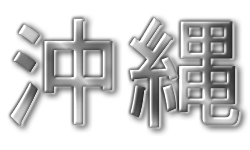
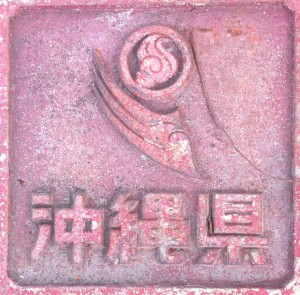
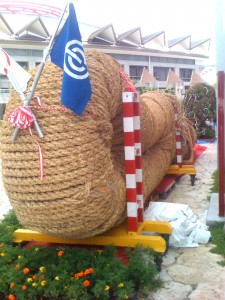
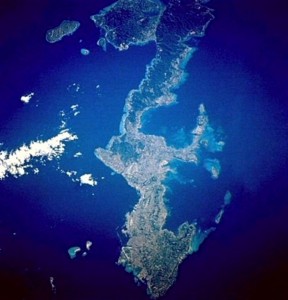
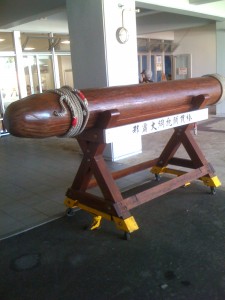
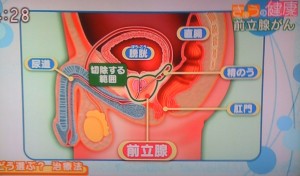
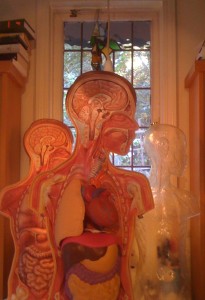
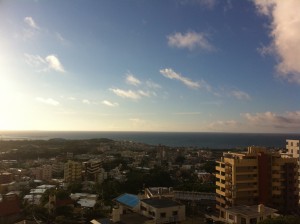
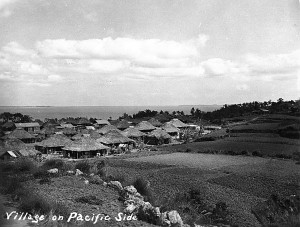
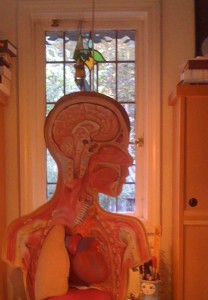
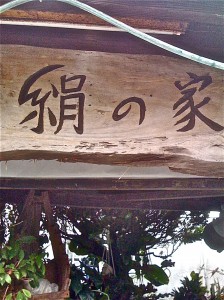
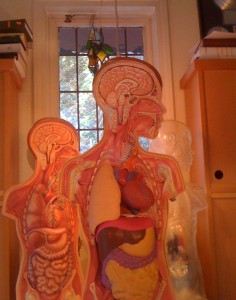
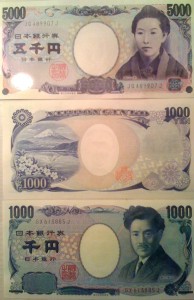
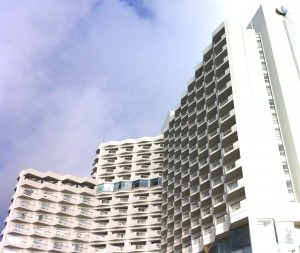
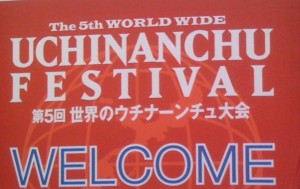
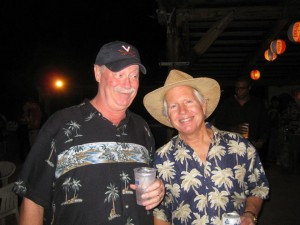
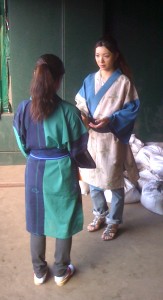
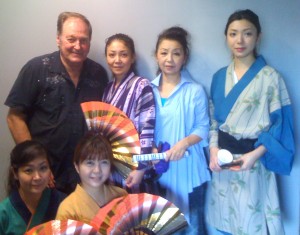
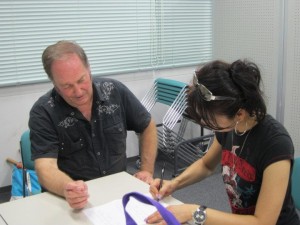
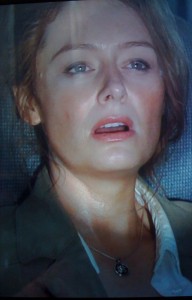
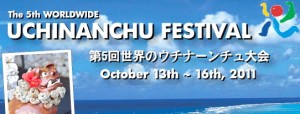
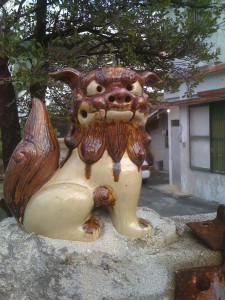
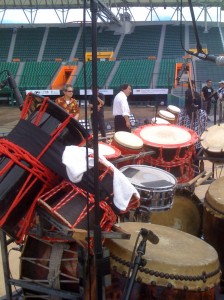
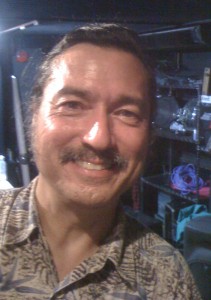
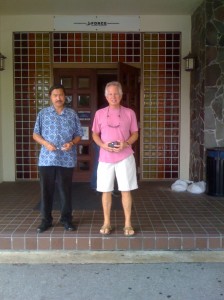
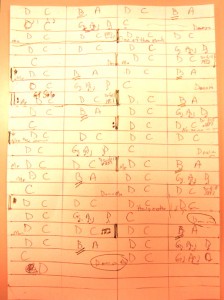

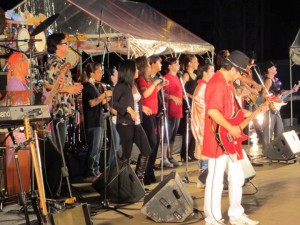
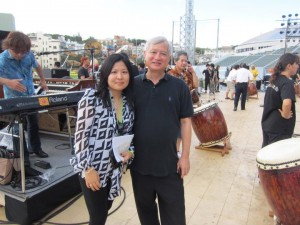
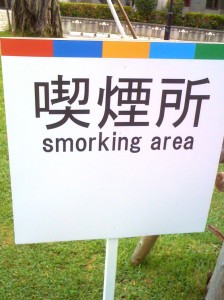
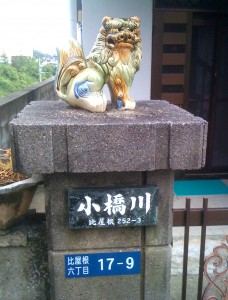
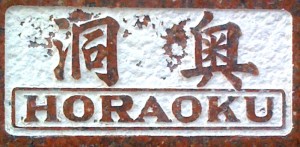
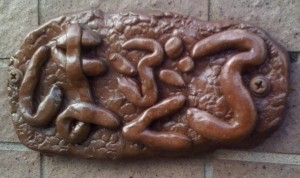
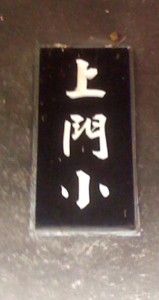
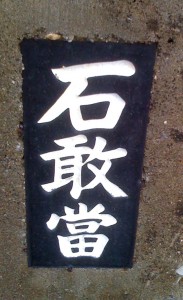
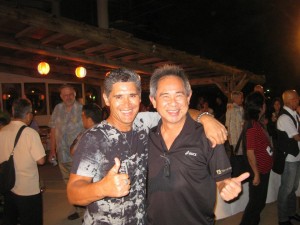
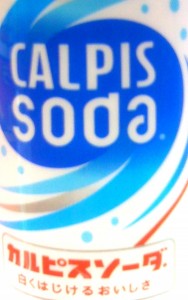
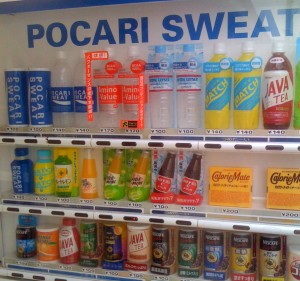
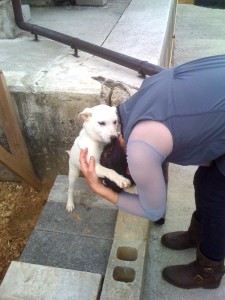
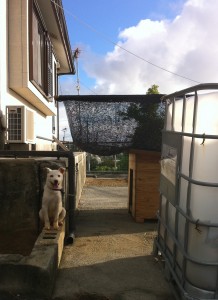
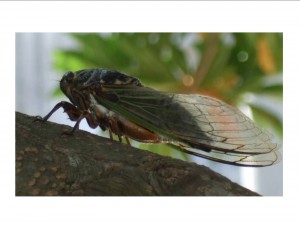
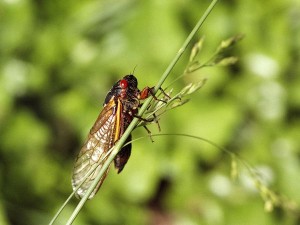
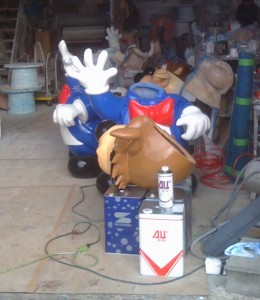
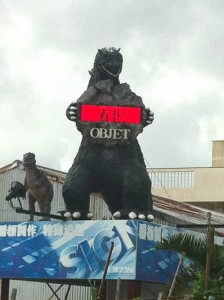
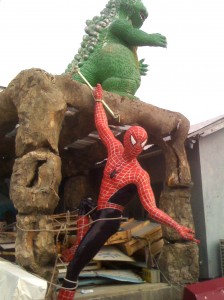
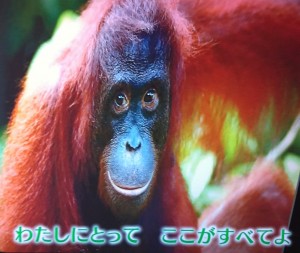
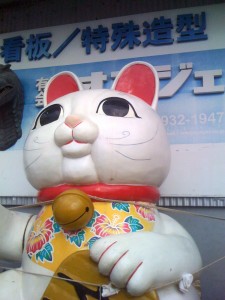
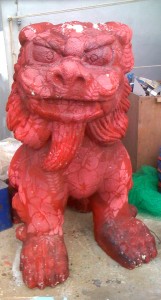
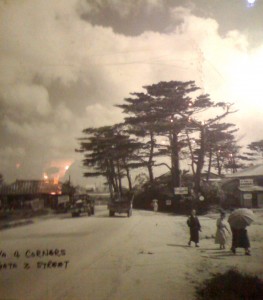
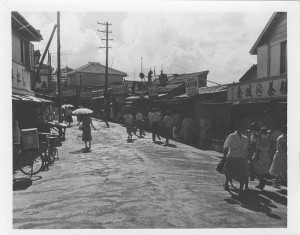
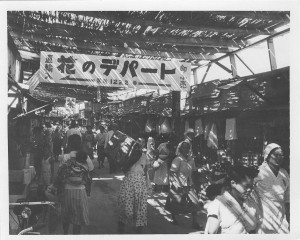
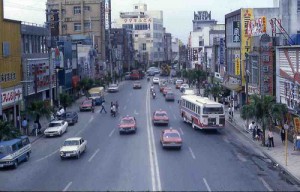
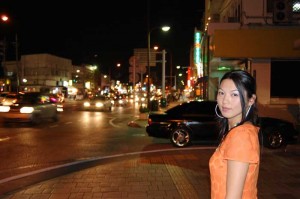
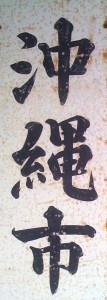
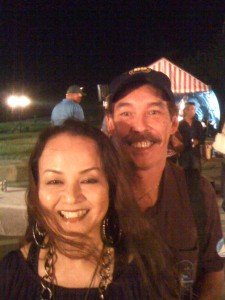
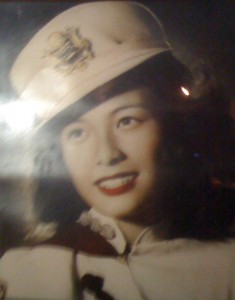
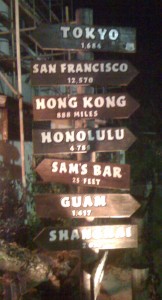
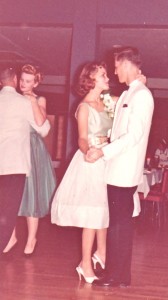
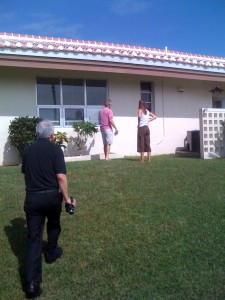
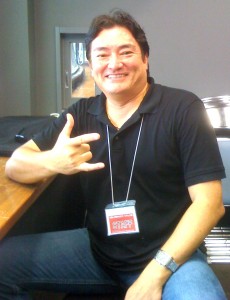
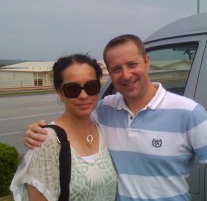
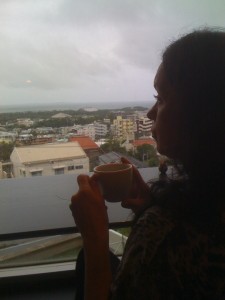
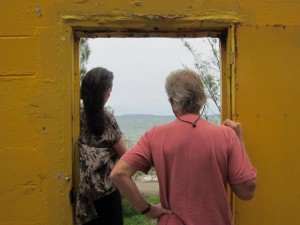
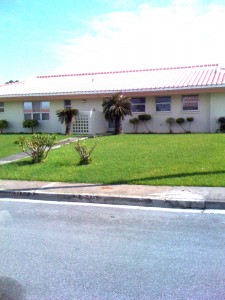
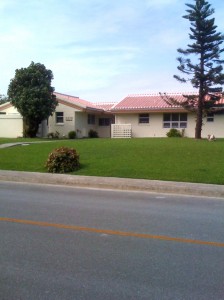
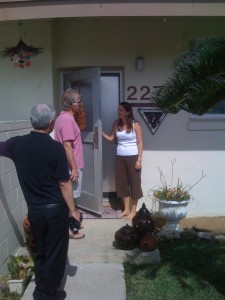

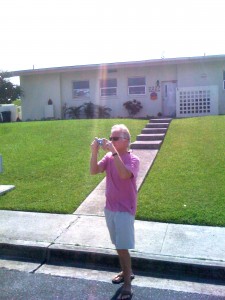
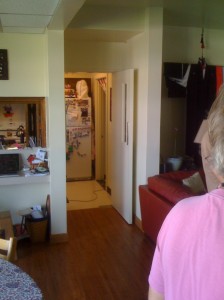
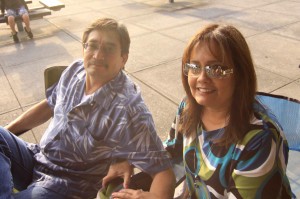
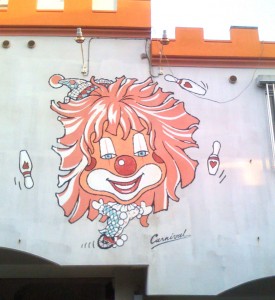
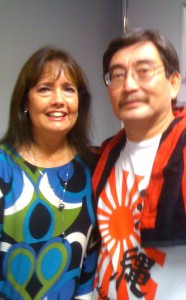
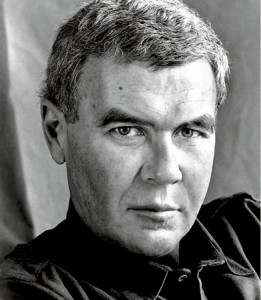
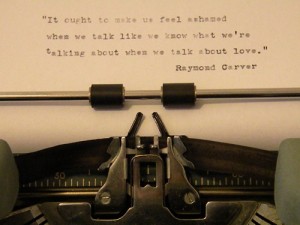
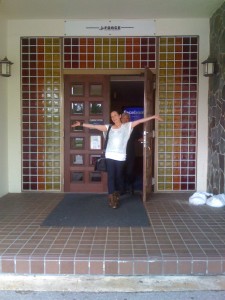
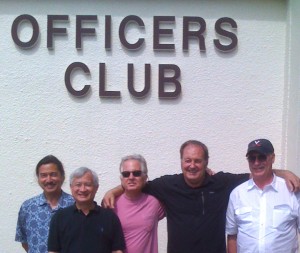
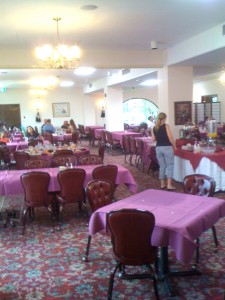

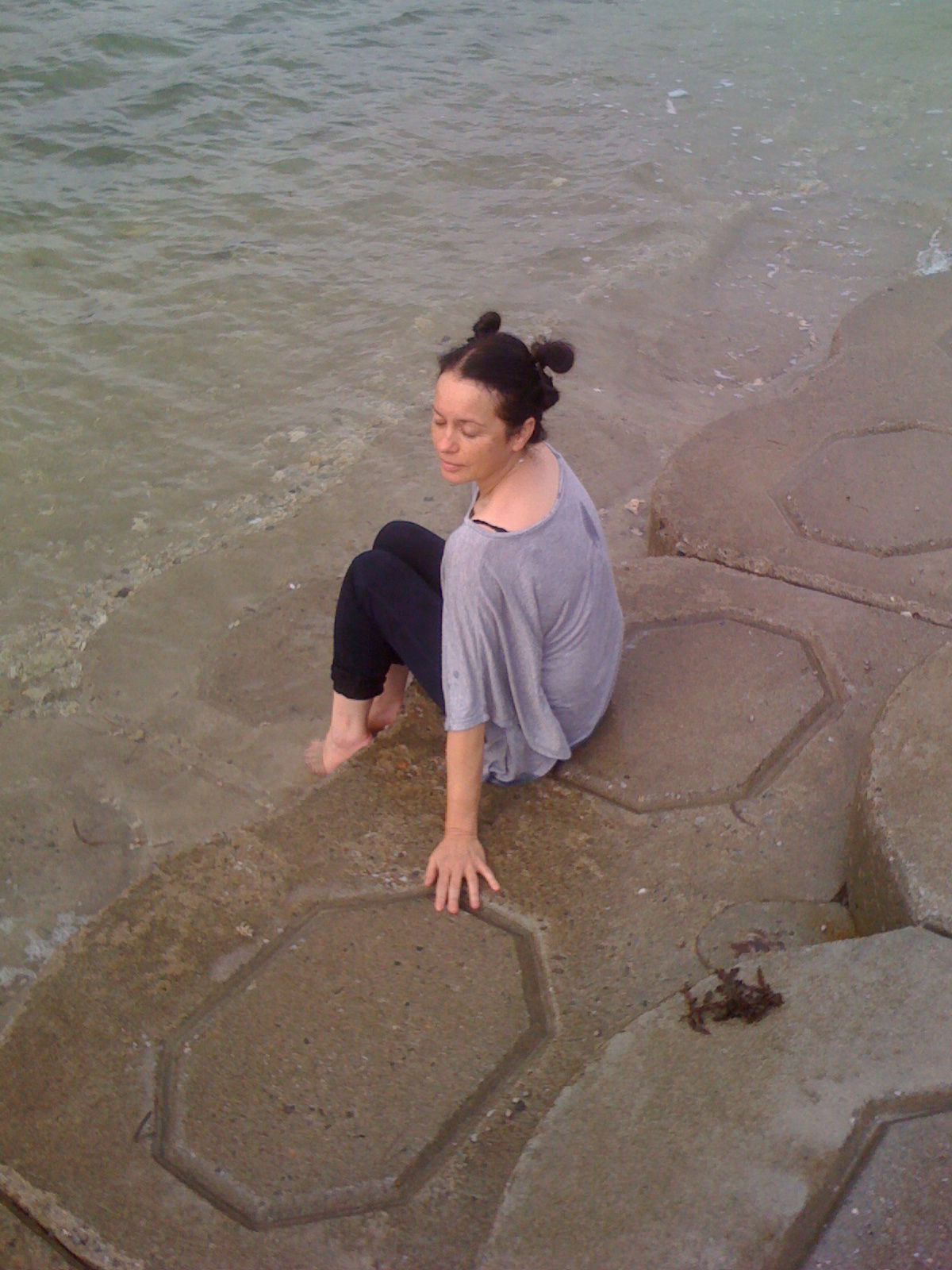
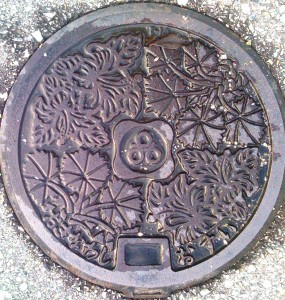
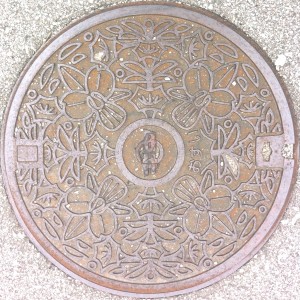
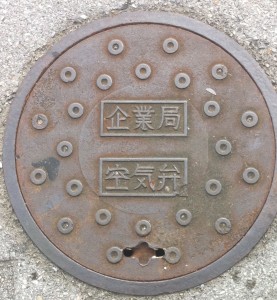
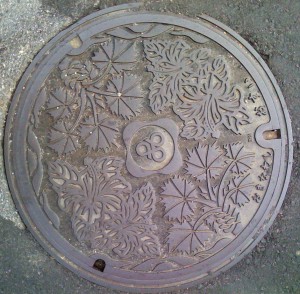
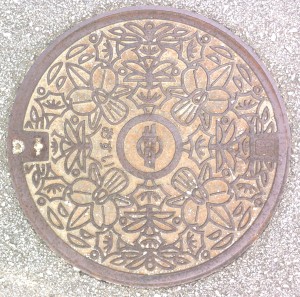
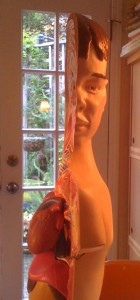
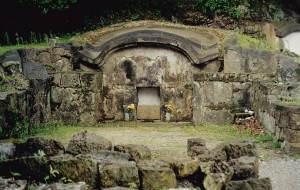

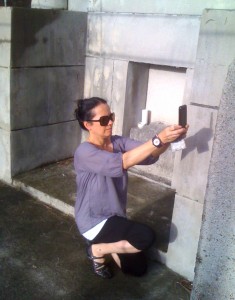
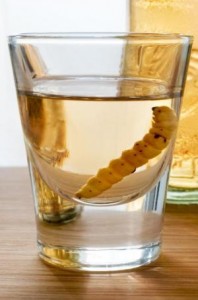
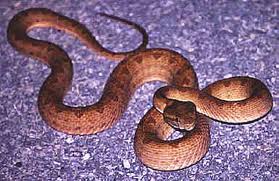
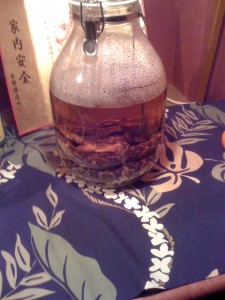
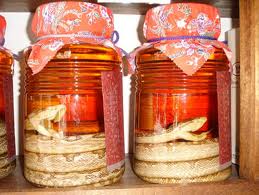
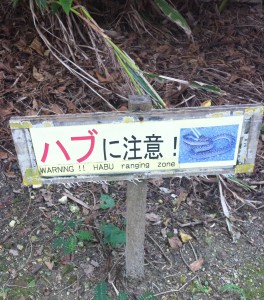
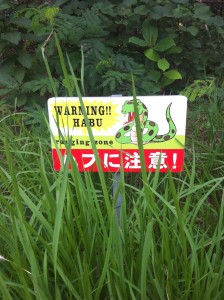
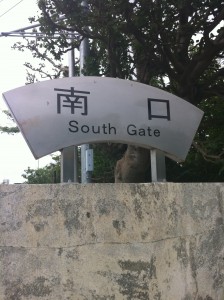
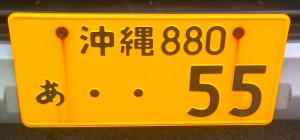
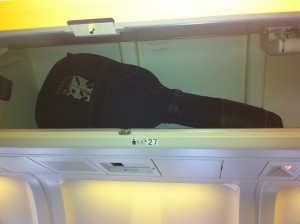
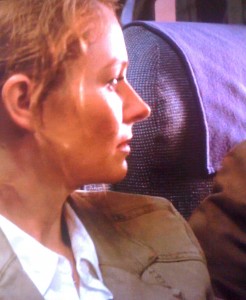
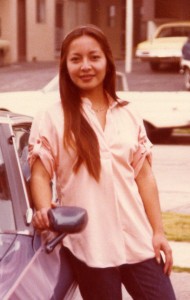
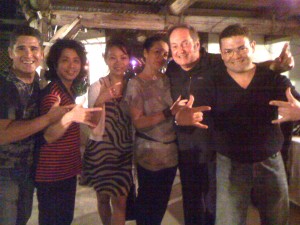
Lived on Okinawa, in Stearly Heights in1958-1960. Attended Kubasaki Jr. High in 8th and 9th grade. My name was Joyce Fulwider. I don’t believe I knew you.. would love to return to see how it has changed! Can’t believe Koza! I remember open sewage running down the side of the street. What a change! Would love to see our old house and the huge coral rock formation, with the machine gun nest we foolishly use to climb after school. Thank you so much for the pictures and the memories.
B